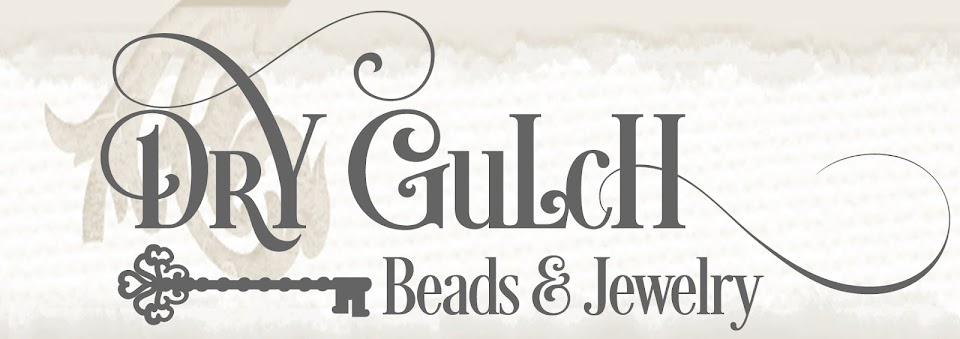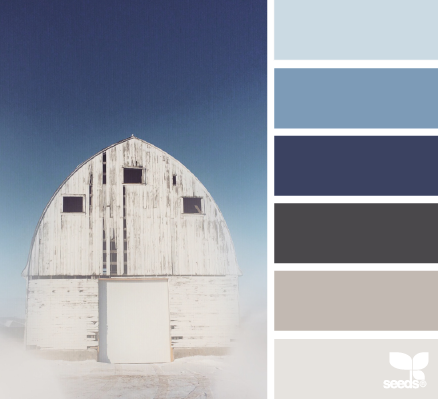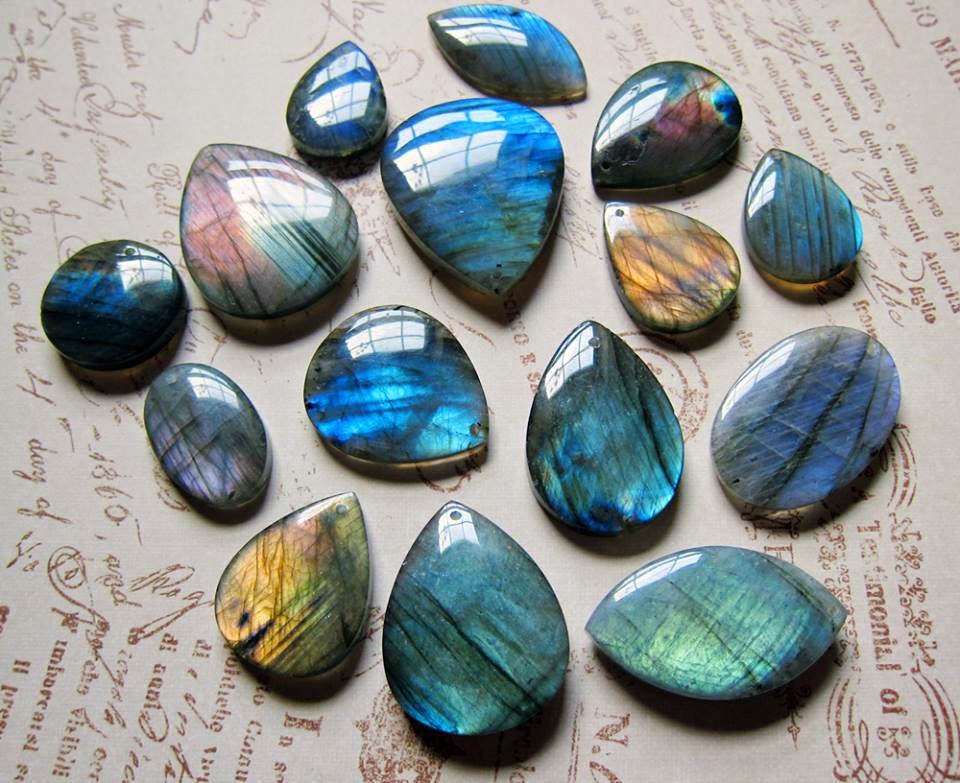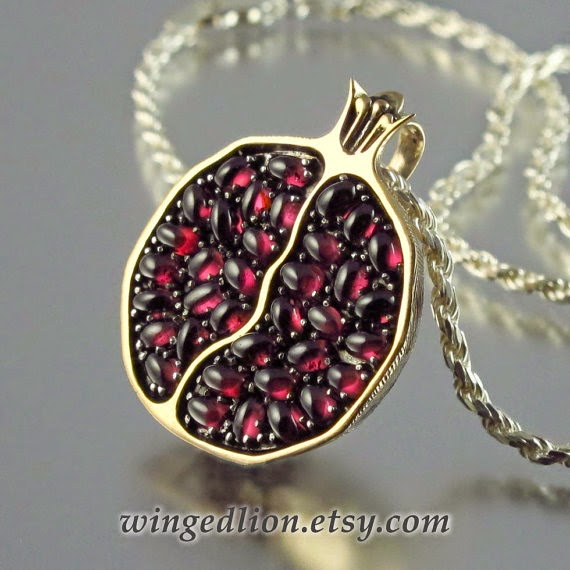This is Catherine from Dry Gulch on the blog today, I just have to share one of my latest creations! This necklace is a custom order, and my criteria for it was something that wasn't too layered or big. The customer wanted a more subtle kind of steampunk that could go with her dress that she's wearing to a convention. She had picked out some fabulous little pin-and-cog earrings made by Grandma (Deborah), so I took those home and started playing! First thing first was making the pendants, and I finally settled on three kinds. Two have been ICE-resined with real gears and cogs from my stash of torn-apart watches, and one features filigrees and charms with Swarovski flatback crystals on top.
After the pendant components had finished their two-day setting time, I then went to work trying to see which ones would go together. As much as I loved the filled circular pendant, I just knew I could get the pin and filigree to be very fun. After that came the long part of the necklace, and that was remedied with antique brass chain, pins, big-hole spacers similar to gears, solid copper gear cutouts and just a dash of Swarovskis.
Voila! The finished necklace. I don't often get the time to create steampunk-styled projects like this, so this necklace was a blast to make. I particularly liked the challenge in making a less "gooped up" kind of steampunk necklace. I feel like this necklace could be worn either casually, formally or even to a masquerade party. Thank you all for reading, and enjoy!

















.JPG)































